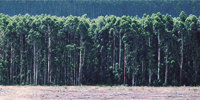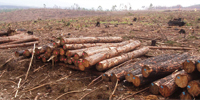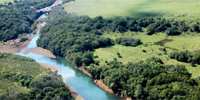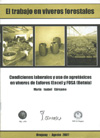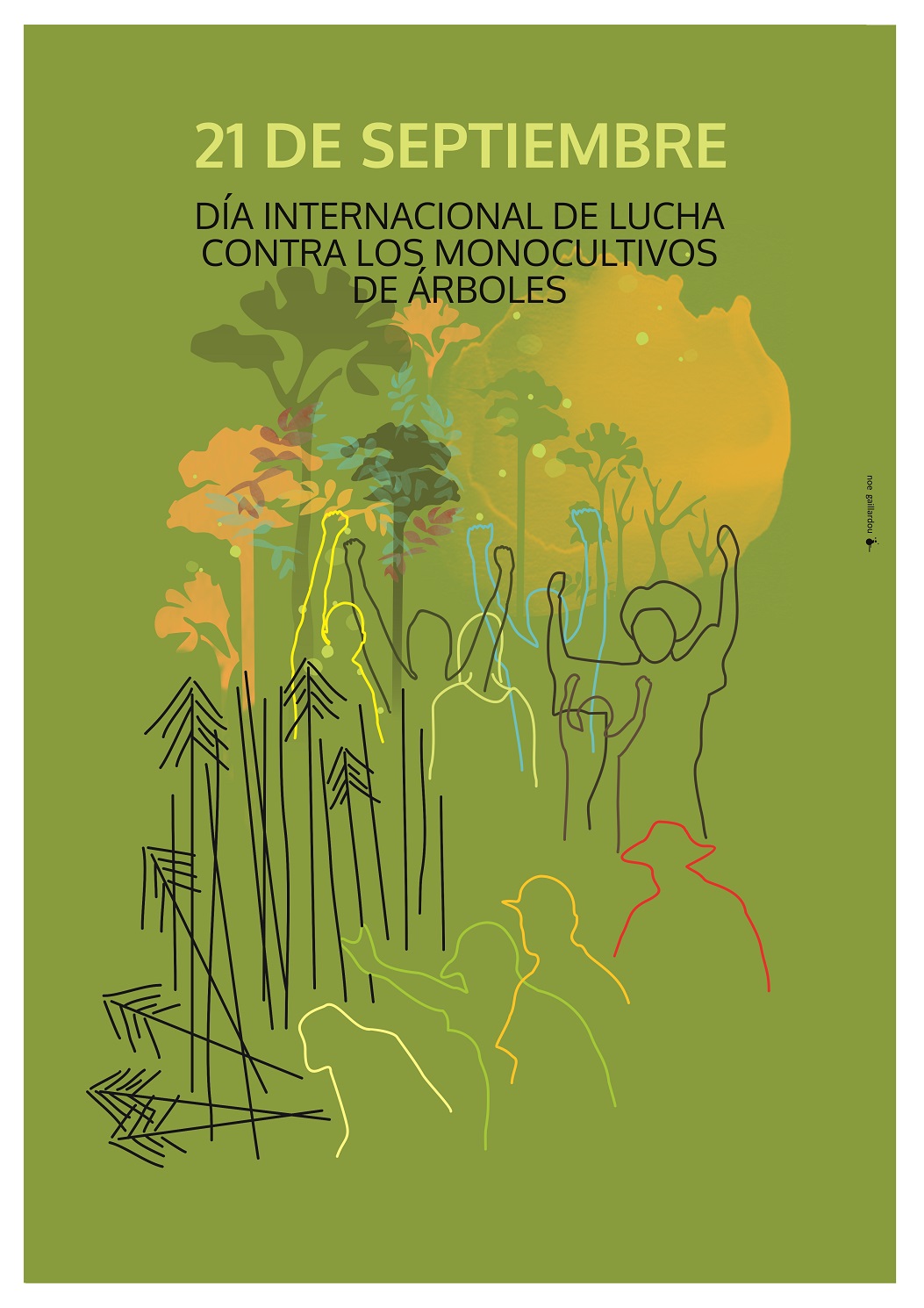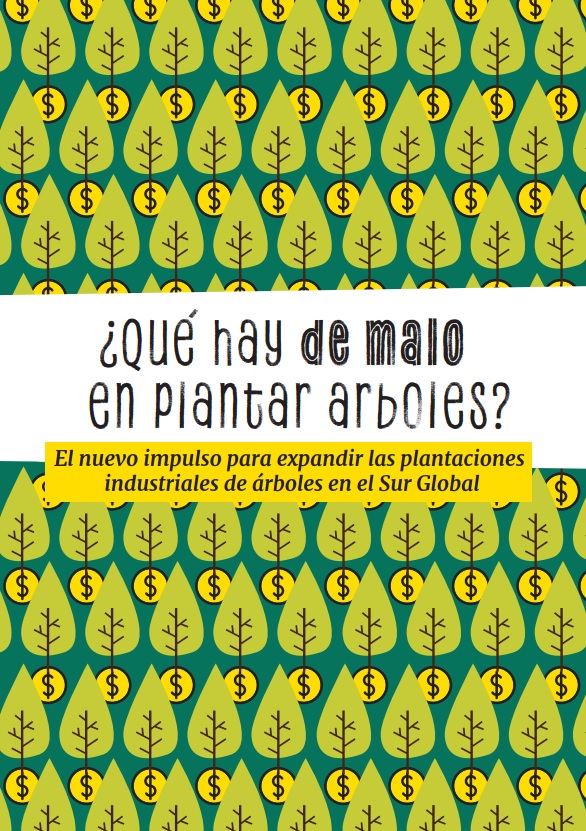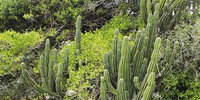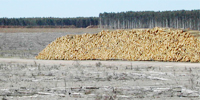One of the most commonly used arguments by those promoting large scale monoculture tree plantations is that they generate employment. As we will see from the following examples, such arguments are false.
Let us look at the multinational company Aracruz Celulose, based in Brazil. Presently the company owns 144,000 hectares of eucalyptus plantations in the States of Espirito Santo and Bahia. According to the data to be found in its own web page ( www.aracruz.com.br ) if we add up the hectares of plantations and the hectares of native forest, this company owns a total of 210,000 hectares of land. It also states in its web page that it has a total of 4,643 employees (of which 1.689 are direct and 2,954 permanently indirect).
Using the rule of three, we find that this company occupies 3.2 employees for every 100 hectares of plantations it owns. If we were to include the total land belonging to Aracruz, the statistic is even sadder: 2.2 employees for each 100 hectares of land.
However, this figure is misleading in regard to employment generated at rural level, as it includes employees in the pulp mill and another series of employees in areas far from the plantations. Therefore, at rural level, it employs far fewer people.
Let us look at another example from a neighbouring country, Uruguay. The multinational company Weyerhaeuser from the United States owns a total of 128,000 hectares of land in this country, of which 71,000 are planted with trees. According to declarations to the press by the company’s Vice-President, “today some 600 people are linked to the company. A total of 130 people work directly for the company.”
Let us go back to the figures: the company generates 0.18 jobs per 100 hectares planted. If we were to use the figure of the total lands belonging to the multinational company, this would drop to 0.10 jobs per 100 hectares. Contrary to the case of Aracruz, in this case the company does not carry out any industrial transformation, better reflecting the scant level of employment generated by tree plantations. It is interesting to note that the Uruguayan Forestry Department maintains in its advertising, that this activity generates 3.3 jobs per 100 hectares. As we do not think that the company is hiding employees, the conclusion is clear: the Forestry Department is not telling the truth.
Let us now see a South African example: the multinational company MONDI, which is also one of the main shareholders of Aracruz Celulose. This company has a total of 638,000 hectares of land. Of this total, 407,000 hectares are plantations. In turn the company –again according to data in its web site– has 4,500 employees. Once again the results we obtain regarding employment generated by these multinational companies are low: in the case of MONDI, it is 1.1 employee per 100 planted hectares. If we consider the total hectares belonging to MONDI, the figure drops to 0.7 jobs per 100 hectares. And this in spite of the fact that MONDI also includes the figures of employees in its industrial sector, which shows a situation similar to that of Aracruz regarding the scarce generation of rural employment.
To this should be added the low quality of the jobs generated by these companies at the rural level, with low salaries, poor conditions of housing, food and social security, abusive sub-hiring systems, temporary jobs, etc. Prospects look even worse with the increasing mechanisation of plantation and harvest, always resulting in a decreasing number of jobs.
Summing up, although there may be some exceptions to the rule, in practice it may be seen that plantation companies do not fulfil their promises of generating employment and, on the contrary, make the situation even worse than it was before their arrival, increasing rural to urban migration.

